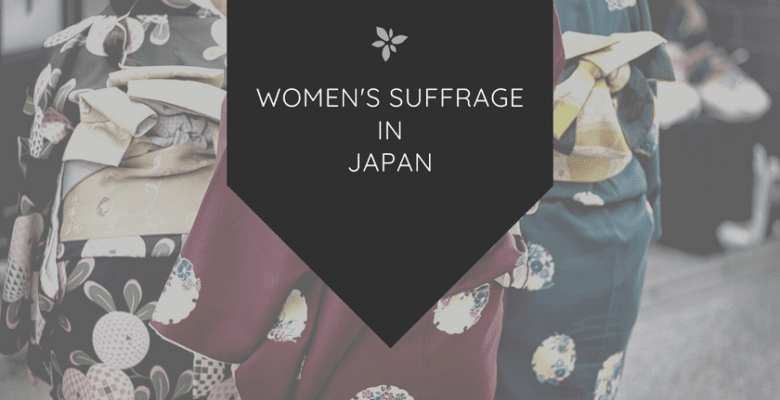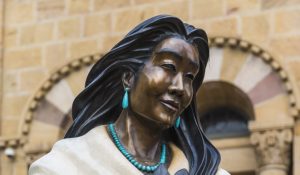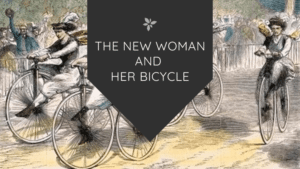As Japan’s contact with the Western world increased beginning in the 1850s, the new Meiji era government worried about Japan’s image in the eyes of Westerners. It began regulating the behavior of citizens in an effort to appear more modern and civilized in the eyes of Westerners, and be seen as an equal nation. As a result, women’s rights became severely restricted.
Good Wife, Wise Mother
Part of the government’s new regulation was the ideal of the perfect woman called “Ryousai Kenbo”, or “Good Wife, Wise Mother”. This image of womanhood, which was popular through the late 19th and early 20th centuries, was purposely cultivated through the new public education system.
A woman’s role as wife and mother was emphasized above all others. They were taught that childbearing was a patriotic duty, and that a woman’s highest calling was to educate their sons to be be productive and patriotic members of society.
Law on Assembly and Political Association
Because a “Ryousai Kenbo” woman was supposed to focus solely on her family, it was thought that it would be selfish for her to be involved in politics.
A law called the Law on Assembly and Political Association was passed in 1890 completely excluding women from participating in politics. They were prohibited from attending political meetings, organizing and joining political parties, or even voicing their opinions on political matters.
Related, see The Doctrine of Separate Spheres: Why a Woman’s Place Was In the Home.
Early Feminist Movement in Japan
As soon as these restrictive laws were enacted, women began fighting against them. One of the main objectives of women’s rights groups such as the Seitousha (“Bluestocking Society“) was to increase and improve the education of women. Once women achieved better education, it opened the door to further pursuits of equality. Many women fought for their rights by writing literary journals and pamphlets, and speaking in conferences.
In 1921, women won the right to legally attend political meetings.
Still, there were other restrictions in place preventing them from participating fully. For example, they were prohibited from aligning with political parties.
The Women’s Suffrage League was founded in 1924 to fight these inequalities and attain voting rights for women.
Women in Japan During World War II
During World War II, the role of women in Japanese society suddenly changed. The society that wanted them to just be “good wives, good mothers” now needed them to fill in for the men who left to fight in the war.
The war ended in 1945 when the Japanese surrendered to the Allies. Afterwards, the United States Initial Post-Surrender Policy for Japan went into effect. One of its objectives was to encourage Japanese society to “develop personal liberties, such as freedoms of religion, assembly, speech, and the press, as well as to develop democratically elected institutions.”
The occupation of Japan by Allied powers, which lasted until 1952, transformed Japan into a democracy modeled after the United States. In 1946, the Diet drew up a new constitution which enfranchised women.
Though many Americans immediately claimed credit for Japanese women’s suffrage due to the Allied occupation of Japan, this view completely disregards the strong women’s suffrage movement which fought for changes in Japanese society since the 19th century. Without the hard work of women like feminist poet Akiko Yosano and women’s suffrage leader Fusae Ichikawa, the role of women in modern Japan would not have been able to move past the restrictive ideal of “Good Wife, Wise Mother”.
Keri is a blogger and digital marketing professional who founded Amazing Women In History in 2011.






Leave a Reply